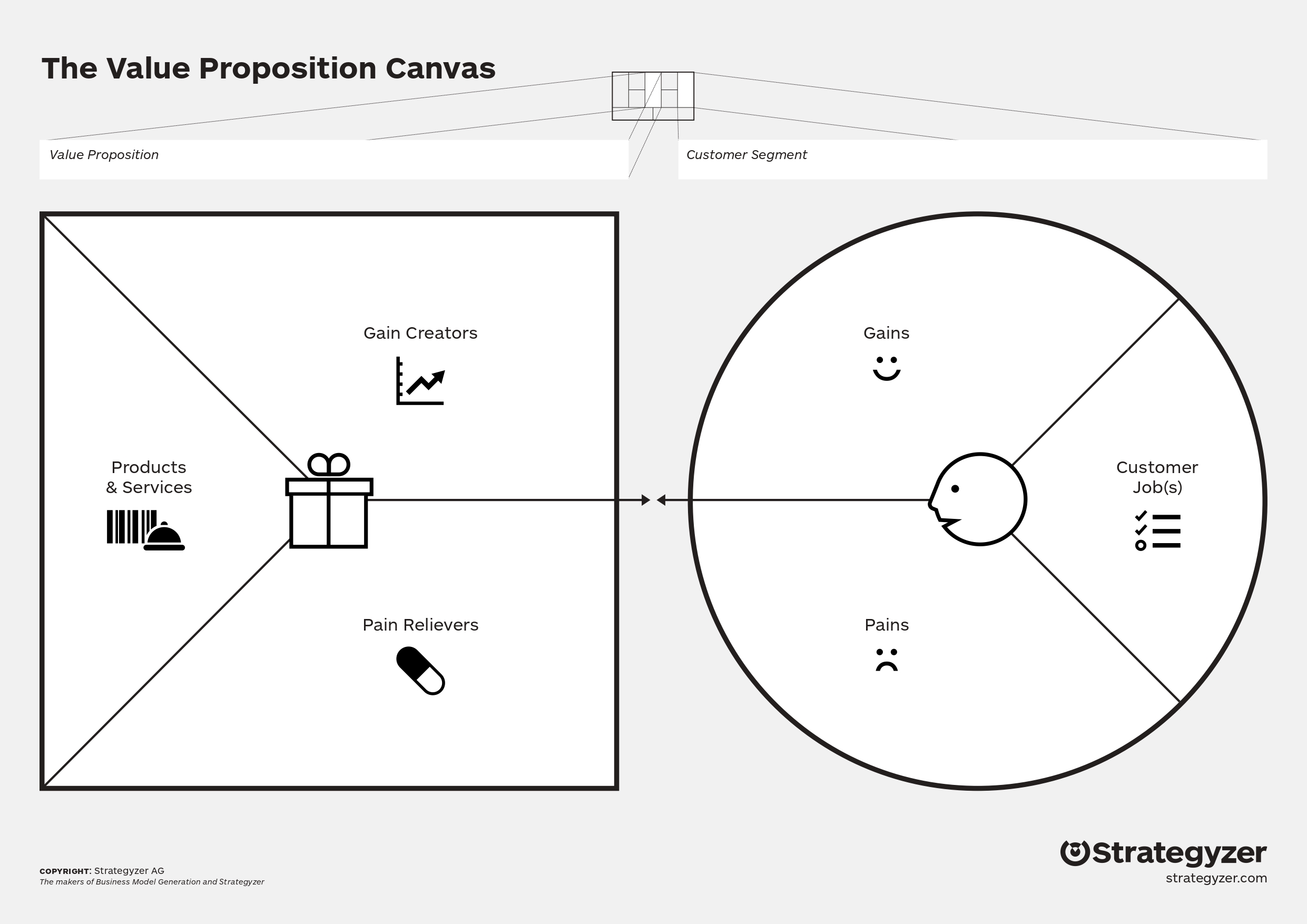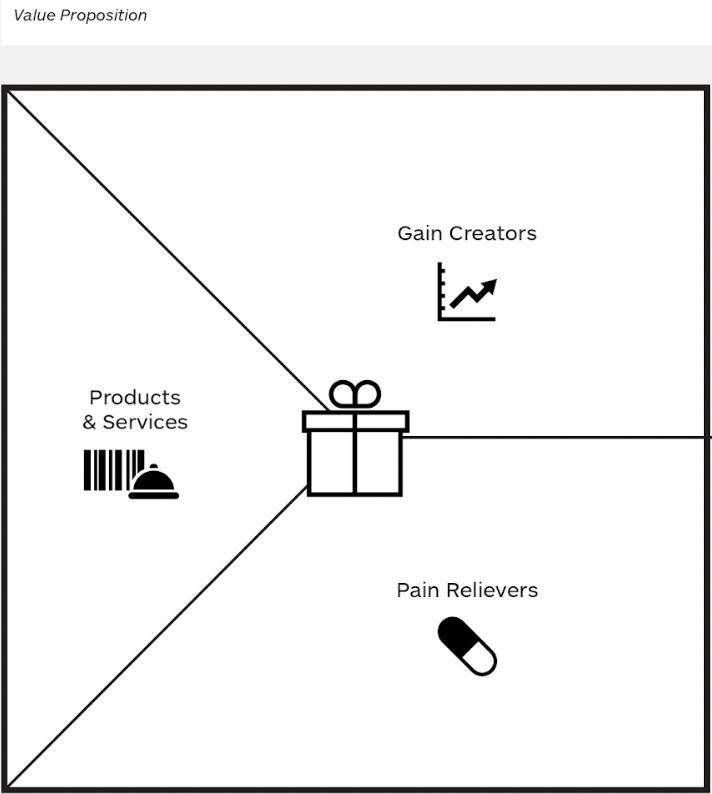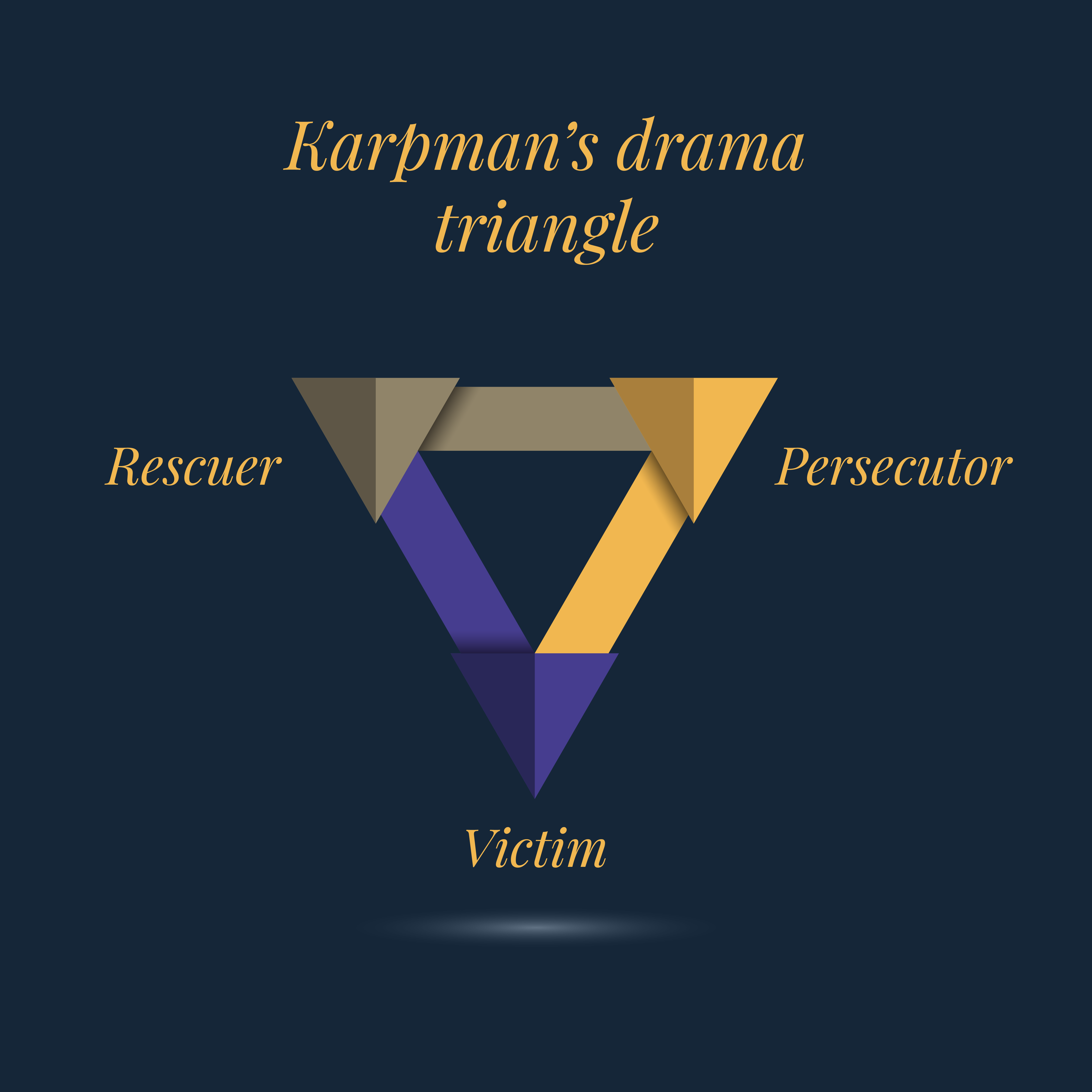
Behind the scenes of Enigma’s basecamp: Our tools to better understand our clients
“How to be closer to our clients and better understand their business” was the central theme of our work retreat in Portugal. 45 people coming from – almost – all over Switzerland to meet in the same place and bond over a common goal: to help businesses acquire clients, politicians win votes and NGOs save the world.
How did we proceed? Every day, the Enigma team participated in numerous workshops created by fellow teammates and C-levels to train and share knowledge around neuromarketing, digital campaigns, marketing strategy, branding, and more. This week was all about taking better care of our clients while having fun together as a team and enjoying Portugal’s sun and shores. Work isn’t just about work when you’re actually friends with your teammates 😉
The 3 main tools we discussed and dug into during the week were:
- Methodology of jobs to be done
- Value proposition canvas
- Drama triangle theory
Are you curious to see how we use these tools? Then keep reading to keep learning!
Our golden tools: Jobs to be done and value proposition canvas

Strategyzer’s value proposition canvas is considerably well known and used by thousands of people around the globe – and there’s a reason for that: it works. This canvas is meant to be used as an evolutive process to visualise, design and test your value proposition until you figure out what really resonates with your customers.
The value proposition canvas is based on the “jobs-to-be-done methodology”, a framework rooted in the principle that people purchase a product or service to get a job done: resolve a problem, achieve a goal or accomplish tasks. The theory states that in order to create products and services that are more likely to be successful in the marketplace, businesses have to focus on their customers’ jobs to be done. Doing so will allow them to gain a deep understanding of their customers’ needs and create solutions to make it easier for them to complete their jobs to be done.
Why is this a winning methodology? Because products and services come and go, jobs to be done don’t – or at least not in the same way. Take the Sony Cassette Walkman as an example. The job to be done by a Walkman is to allow you to take your music wherever you want to. Well, it’s no secret that the Walkman disappeared to let iPods take over. Both products fulfil the same job to be done although their intrinsic qualities are much different.
As you can see in the illustration above, there are 2 parts to the canvas: the first is about defining your customer’s profile, and the second is your value map. Let’s have a closer look at how it works.
Customer’s profile

There are 3 key elements to identify when creating your customer’s profile:
- the jobs to be done
- pains that arise when trying to get the job done
- gains that come up when fulfilling the job
Once you have identified the jobs to be done for your customers, it is essential to dig into the pains and gains they associate with them. Indeed, while trying to accomplish a job, customers come across frustrations, risks and obstacles, but also positive outcomes and concrete benefits from fulfilling them. The more you understand your customers and their requirements when confronted with pains and gains, the more likely you will provide the right product or service.
Value map

Part 2 of the value proposition canvas is also split into 3 steps:
- Products & services
- Gain creators
- Pain relievers
Your product or service is the starting point of your value map. First, you need to list all the values your products or services build on. Then you describe how they help relieve your customer’s pains and frustrations. Finally, you define the gain creators and elaborate on how they increase, produce or maximize positive outcomes and benefits.
The goal of this canvas is to establish a clear connection between what matters to your customers and how your products or services create gains and ease pains. A great value proposition is one that targets customers’ jobs to be done along with their pain points and benefits.
Of course, bear in mind that the value proposition is one component of your global business model, which is the basis of your success. You might have an incredible value proposition but if your business model is flawed, you will most likely struggle to get the results you expect.
The drama triangle: changing perspective on conflict
Stephen Karpman’s drama triangle is a social model of human interactions in conflictual situations. When such situations arise, a power game starts to play among people who are more likely to take on one of the 3 following roles: victims, persecutors or rescuers. Whether in our private or professional lives, we all tend to subconsciously behave as one of the 3 characters mentioned, as we’re neurologically programmed to pick one of these. The problem is each role represents a common and ineffective response to conflict. So, to skillfully react in such situations at work, with clients or colleagues, we decided to dig into this model and identify how we can do better.

Victims tend to feel helpless, persecuted and hopeless. They think they don’t have the power to change their lives and often resist taking responsibility for their undesirable circumstances. Therefore, they blame persecutors and seek rescuers’ help to solve the problem for them. This attitude prevents them from making decisions, solving problems or changing the status quo.
Persecutors are like critical parents who set strict rules and tend to think they must win at any cost, no matter how. They often blame the victims and criticize rescuers without providing appropriate guidance, assistance or solution to the problem. They’re controlling, critical and rigid in their management of conflict, keeping the victims feeling oppressed.
Rescuers are constantly playing the hero for the victims, trying to save them. They often feel guilty for standing by and watching them get hurt. Of course, their intention is good, but they don’t realize they are providing short-term support to victims keeping them dependent on rescuers’ personalities and often neglecting their own needs. For that reason, rescuers are likely to feel tired and pressured as they lack the time to do their own tasks.
How to rewrite your role
Instead of nourishing feelings of victimization and perceiving their interlocutors as persecutors, victims should identify them as challengers. This will enable them to look for solutions by themselves and make their own decisions with more confidence.
Persecutors are then left with the role of challengers where blame and guilt are not part of the equation. They are the ones who submit challenges and ask for people to come up with solutions without playing the scary bad cop.
Finally, rescuers should not try to save the victims by doing their jobs, but instead, coach them so they have the keys to be more independent.
Obviously, this model is all about perspective: you may feel persecuted by your interlocutor who himself feels persecuted by you. The key is to step out of your go-to role so you can change the dynamic of your personal conflict management system!
Key points to remember
- Understanding your customers’ jobs to be done is vital to creating a solid, relevant value proposition
- The job-to-be-done framework gives room for more creativity and innovation as your customers’ needs are more stable over time than your products or services.
- In conflictual situations, we all tend to place ourselves either as victims, persecutors, or rescuers.
- Knowing where you stand between the 3 roles will allow you to identify a few mechanisms in place when facing conflict and to answer differently to foster a constructive dialogue.